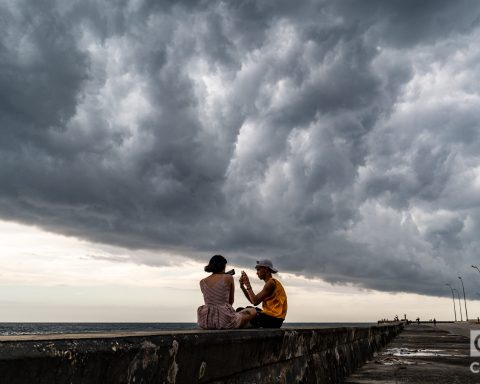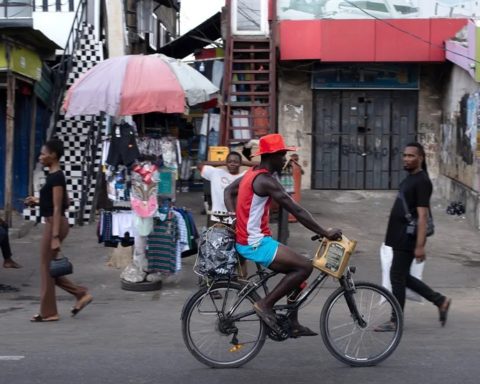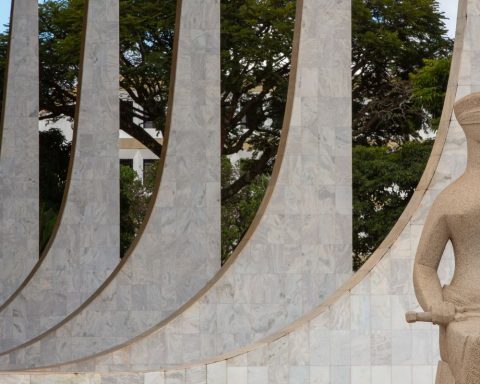MÉRIDA, Mexico.- Cuban Prime Minister Manuel Marrero Cruz announced this Wednesday before the plenary session of the National Assembly that in 2025 he will impose a exchange rate for the dollar and the euro in Cuba.
The extent It seeks “greater flexibility”, since it will “adjust” the rate when the supply and demand of foreign currency changes in the formal market.
“The new regime exchange It assumes greater flexibility in the exchange rate, by establishing that the rate must vary when the conditions of supply and demand for foreign currency change. It is a complex process due to the participation of the state, non-state sector and the population, with multiple exchange rates,” the official explained in his speech.
This provisionAccording to Marrero, the aim is for the banking system to be able to compete in the “exchange business” and in this way collect foreign currency.
The process will occur gradually, according to his statement, and will allow the bank to not be “outside of this entire illegal exchange market.”
Thus, people would “trust” and feel “attracted” in such a way that they would sell their foreign currency to the bank, the official estimated, arguing that it is a new mechanism “for the management, control and allocation of foreign currency to economic actors.” aligned with partial dollarization.”
With the official exchange rate of one dollar for 24 pesos for legal entities and one for 120 for natural persons, applied to the calculation of tariffs on imports from non-state forms of management, the State collected 3.4 billion pesos.
“Partial” dollarization of the economy
Although Marrero insisted that they were “progressing” in the de-dollarization of the economy, he stated that the Cuban economy will operate in 2025 under partial dollarization schemes.
To this end, they will approve that previously authorized companies can carry out wholesale and retail sales, pay tariffs and services associated with foreign trade operations in foreign currency.
They will also accept foreign currency in cash in tourism, Casas del Habano, pharmacies, opticians and international clinics, airports and others that are authorized. Producers of exportable goods and agricultural producers that substitute imports will receive payment in foreign currency.
In this way, the regime will try to compete with the market informal currency exchange, over which “there has been no control” and has had an impact, in Marrero’s opinion, on the dollarization of the economy.
The proclaimed strategies would be part of the “macroeconomic stabilization program” in which no progress has been made, due to certain “variables that impose challenges on the Government’s activity.”
The official added that the reorganization and protection of external financial flows, the new foreign exchange allocation mechanism, the partial dollarization of the economy, the intervention of the exchange market, the elimination of product subsidies, the price policy, the employment of swap of debts and assets to obtain financing and debt negotiations, and the free hiring of personnel in foreign investment, would be some of the “challenges” that the regime must face.
This justifies that economic progress does not occur if they must implement measures that entail “profound transformations.”
GDP increase?
Even so, the Minister of Economy and Planning of the Cuban regime, Joaquín Alonso Vázquez, reported this Monday that the Government foresees an increase of 1% in its Gross Domestic Product (GDP) by 2025.
His estimate is based on the alleged “recovery of tourism and income from the main exportable items, as well as the revival of productive, agricultural and industrial activities, and social services to the population.”
In that sense, he pointed out the importance of “the stabilization of the National Electroenergy System (SEN) and improvements in the fuel balance” as key factors to achieve this supposed growth.

















